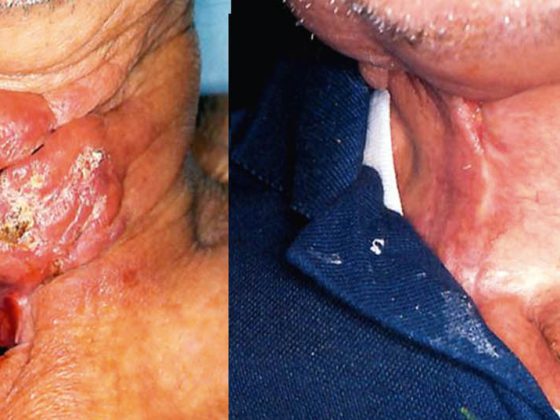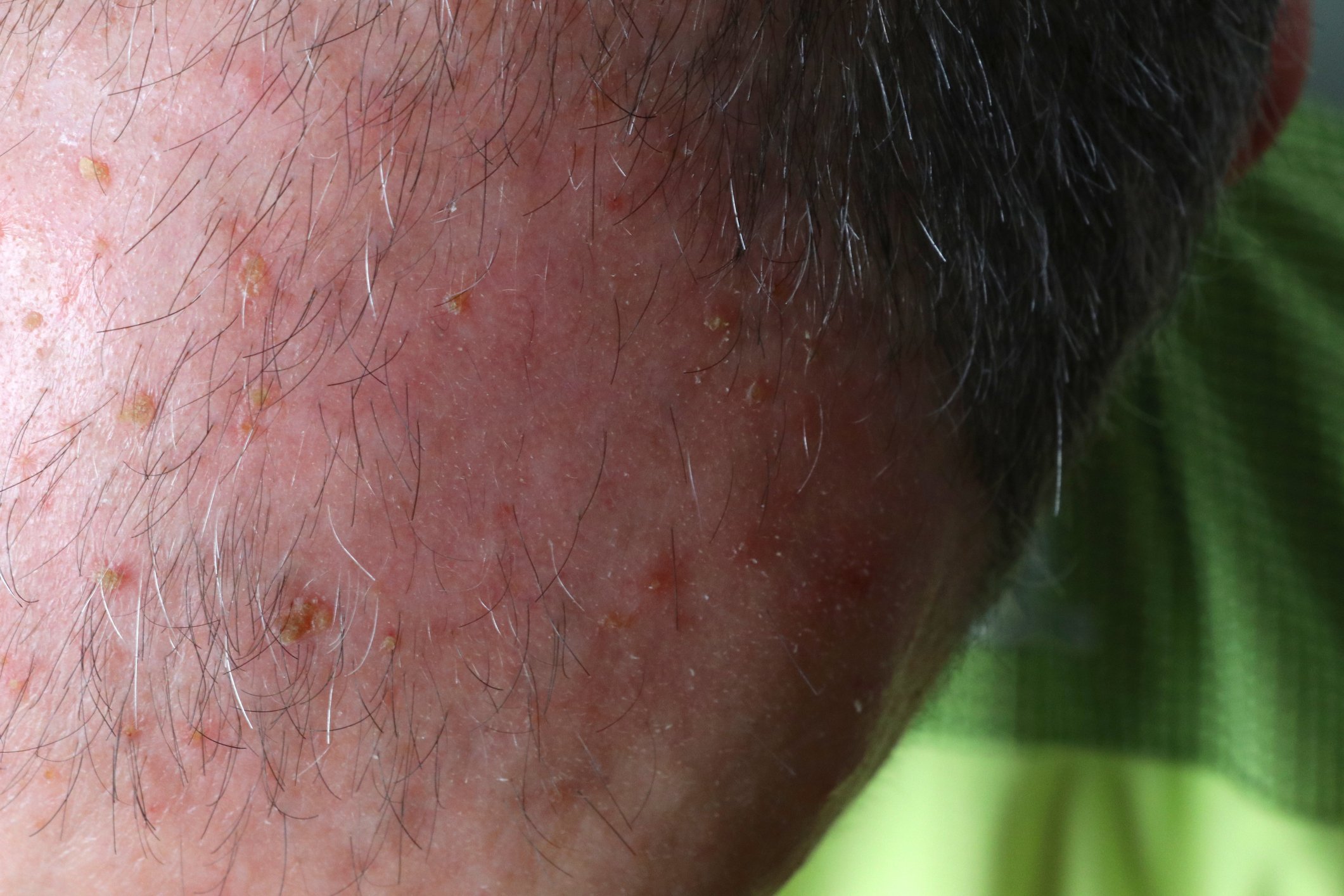In this CARDIOVASC, the topic of stroke is examined from different perspectives. One is the causes and prophylaxis of cardiogenic and transcardiac embolic ischemic stroke and the other is endovascular therapy of acute ischemic stroke.
Whereas in about 40% of all strokes (so-called cryptogenic strokes) either no objectifiable cardiac or extracardiac causes can be detected in the diagnosis (about 1/3 of these cases) or several causes are possible (2/3 of these cases), cardiogenic-embolic causes are found in about 20-33%. In this group, by far the largest proportion is attributable to a thrombus in the left atrial ear in atrial fibrillation. One option for prophylaxis, in addition to permanent treatment with anticoagulants, is closure of the left atrial appendage, which is at least equal to (and in the longer term even superior to) permanent anticoagulation over a medium-term period. PD Dr. med. Steffen Gloekler, Dr. med. Samera Shakir and Prof. Dr. med. Bernhard Meier, Bern, give a broad overview of the current situation in this field.
In addition to the time between onset of symptoms and recanalization and the possible occurrence of hemorrhagic transformation, recanalization rates have a major influence on the recovery success after stroke. Cerebral blood flow must be restored as soon as possible. Mortality is also significantly lower after recanalization. Today, mechanical techniques of the second generation are also used to remove the thrombi (so-called stent retrievers since 2009), which allow high recanalization rates while keeping the intervention times low. In particular, patients with contraindications to intravenous thrombolysis, after unsuccessful thrombolysis, or beyond the 4.5-hour time window may benefit greatly from these innovations. The chances of recovery increase significantly. Such mechanical approaches now need to be compared with existing systemic ones (and within the 4.5-hour window), which is currently being done in several studies. The article by Prof. Dr. med. Jan Gralla, Bern, gives a valuable overview of this field and provides an assessment of the current study situation.
I wish you an interesting read!
Prof. Dr. med. Philippe Lyrer
CARDIOVASC 2014; 13(4): 2












